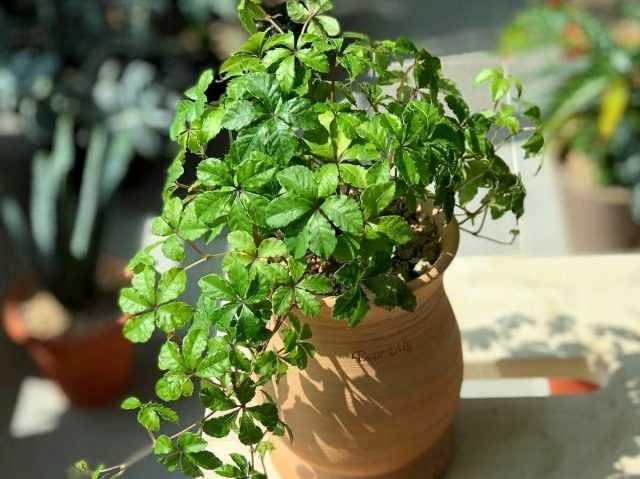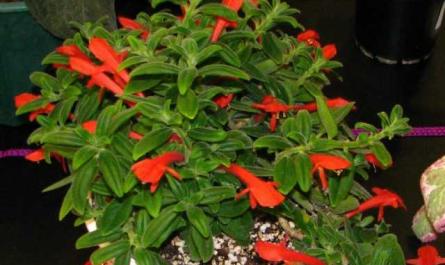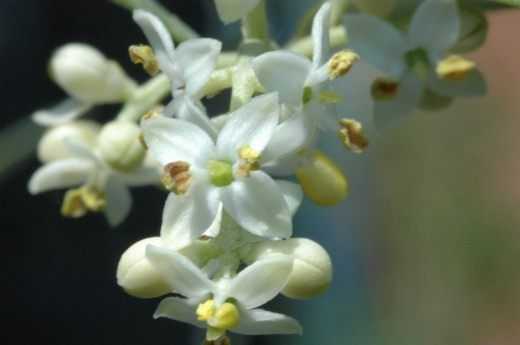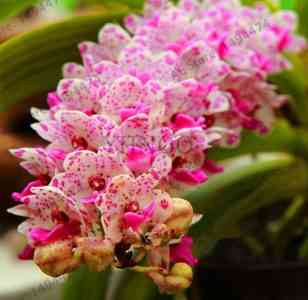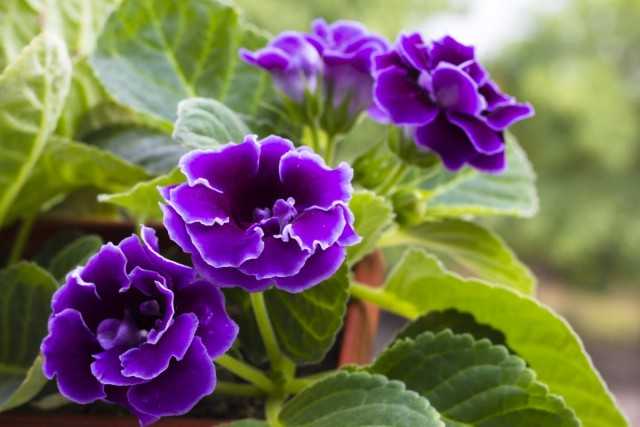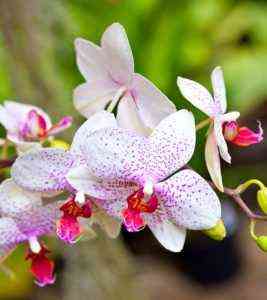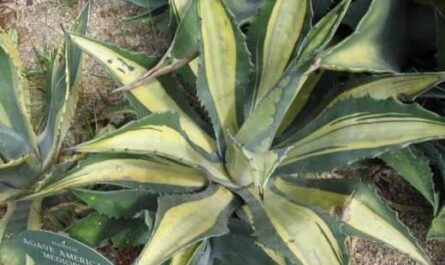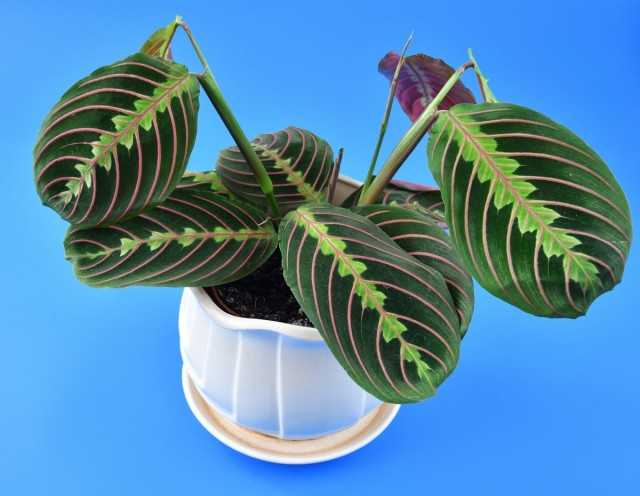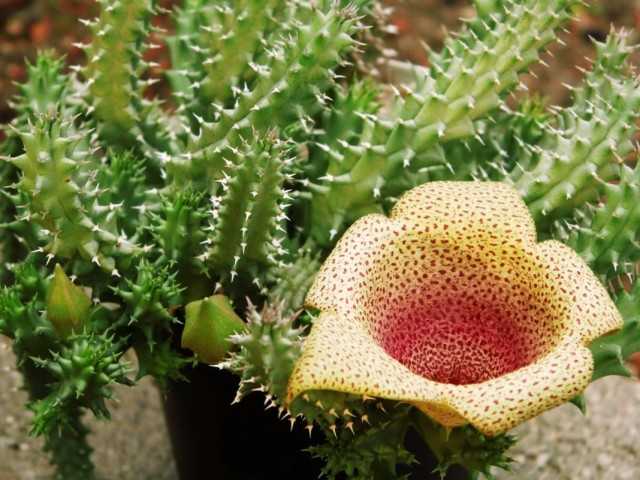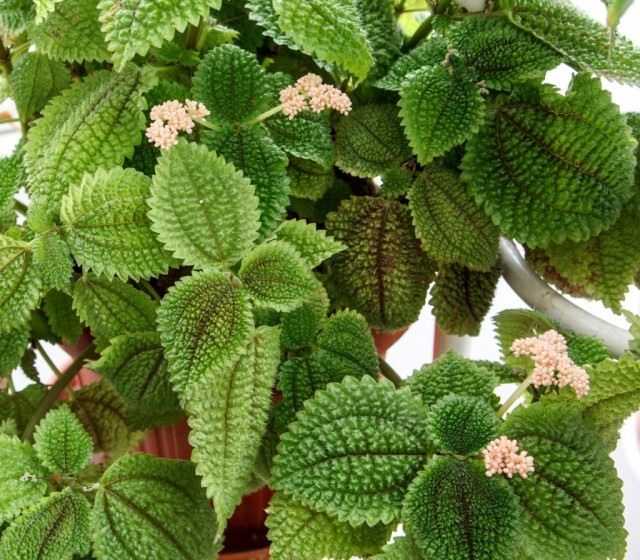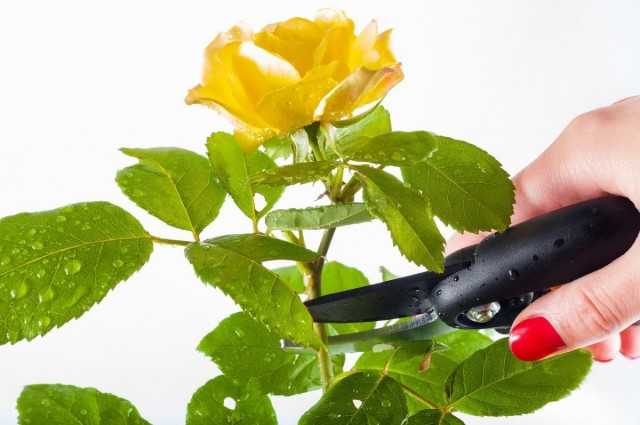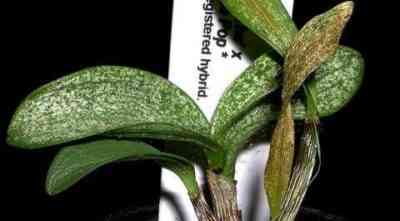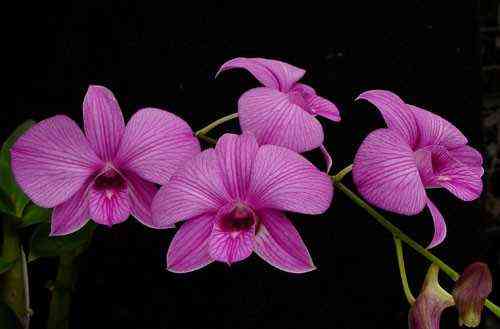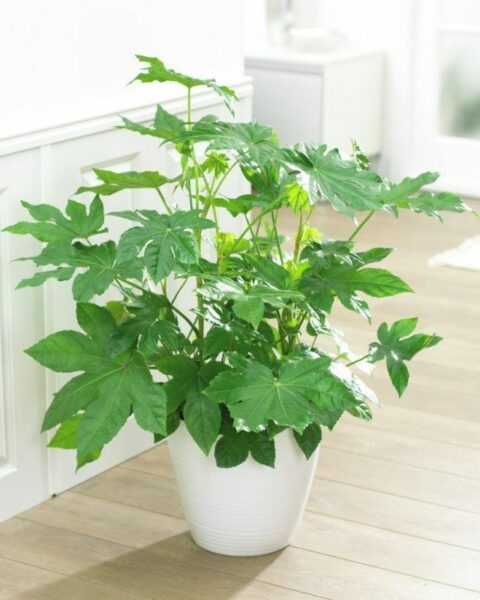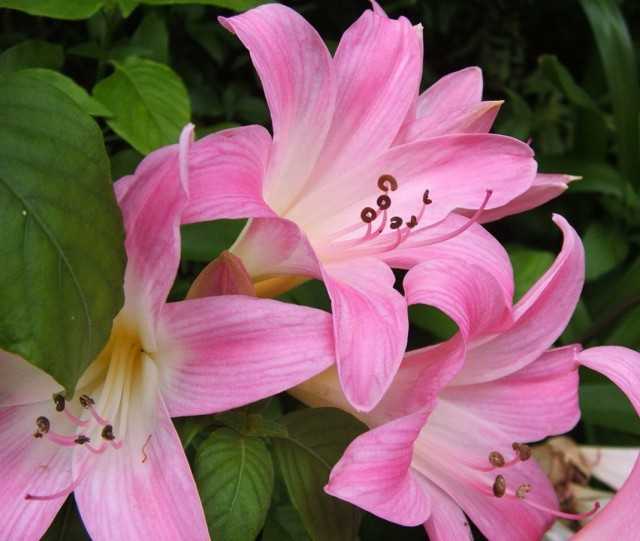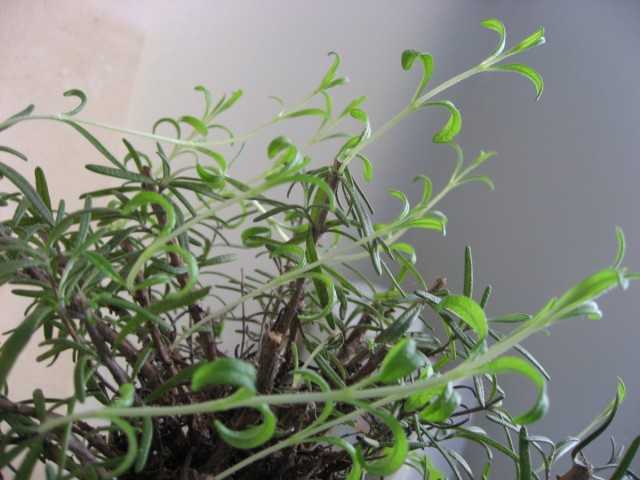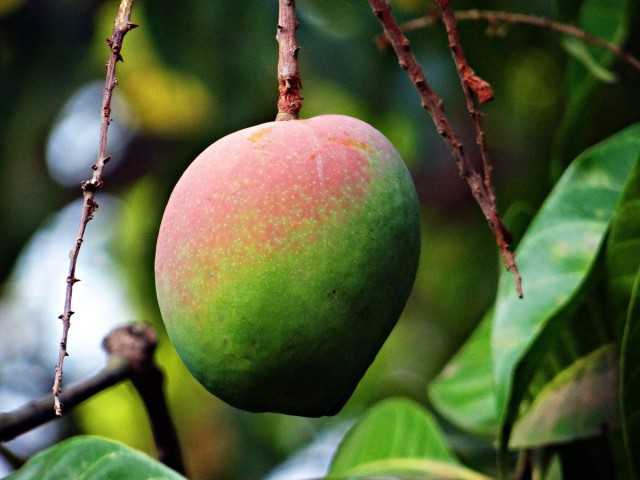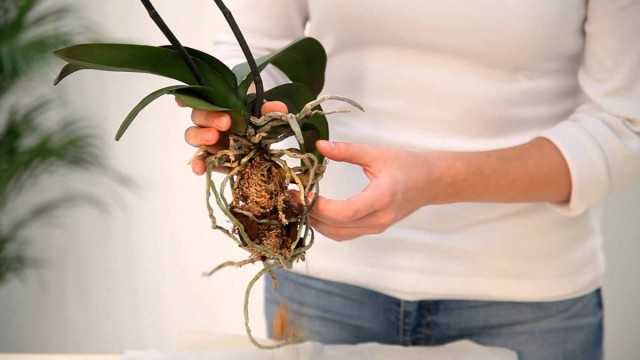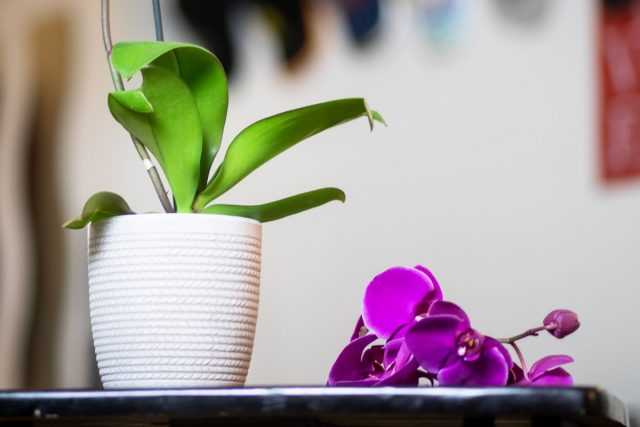Once, while growing seedlings of flowers, I found leaves eaten by an unknown pest. At first glance, it seemed to me that there was no one suspicious around the plants, and I mistakenly mistook the midges flying over the pots for fruit flies. In fact, the enemy turned out to be tiny transparent worms – the larvae of mushroom mosquitoes. What kind of pest it is, how to deal with it and what methods I personally use, I will tell you in this article.
Mushroom mosquitoes – how to protect indoor plants and seedlings?
Contents:
What do mushroom mosquitoes look like?
There are more than 1000 different species of sciarids in the world, or mushroom gnats, as they are popularly called, but they are very easy to identify, because they have common biological and morphological characteristics.
Usually in adults sciarids have a slender and long dark brown body, which can reach 0,5-3 mm in length. The head of the sciaris is especially small in comparison with the body and has segmented antennae and small compound eyes, a sucking mouth apparatus. The legs are thin and long, and there is a hump on the back. The wings are dark and transparent. Mushroom mosquitoes do not fly too quickly and often prefer to move in large jumps.
The larvae of mushroom gnats do not have legs, they have a whitish, thin and elongated body up to 9 mm in length. They are almost transparent and you can easily see their insides. In nature, larvae can develop in rotting wood, trash boxes, animal excrement, bird nests, under the bark of trees, etc.
As for plant growing, here the larvae are bred on fertile and moist soil, they are found in greenhouses, on mushroom beds (which is why their name went), in pots with indoor plants. Moisture-rich, rich soil that tends to be slightly waterlogged is ideal for the development of mosquito larvae. Planting mixes containing large amounts of peat or coconut moss are ideal habitats for them.
Why are sciarids dangerous for indoor plants and seedlings?
First of all, mushroom gnats are the worst enemies of mushroom growers, because, attacking the fleshy parts of the legs and caps, they turn the mushrooms into a spongy mass.
In crop production, female sciarids lay eggs near plant roots. An adult female can lay about three hundred eggs in its short life (as a rule, they live only about a week). Within 4-6 days, voracious larvae hatch from the eggs, which begin to eat the root tissue, disrupting its absorption capacity.
This leads to yellowing of the leaves, to a cessation of growth, rapid wilting, and in the future – to the death of the plant. In addition, the attacked plant is exposed to various infections and fungal diseases. The younger the plant, the more harm it will be (especially if it grows in a humid environment). Also, the larvae can begin to eat the young foliage of the seedlings, destroying the seedlings completely. This happens if there is not enough organic material in the soil.
Adult midges do not feed on plants, but they can carry diseases, and, first of all, fungal ones. This is because they can easily pick up spores from infected plants or soil and spread leaf stains, mold, rot, and more.

How to tell mushroom mosquitoes from fruit flies?
In fact, fruit flies (fruit flies) are also often interested in containers of seedlings and pots of indoor flowers. But nevertheless, fruit flies are not at all dangerous for plants and they can only be interested in the soil that they use to breed offspring. However, neither the fruit flies nor their larvae consume any parts of the plants. And the only problem, if they choose the soil, will be only in the increase in the number of fruit flies in the house. But sciarid larvae, as we know, are very dangerous, and it is very important to identify them in time.
At first glance, it may seem that fruit flies and mushroom gnats are twin brothers, and, indeed, both are essentially small gnats. However, if you take a closer look, you can see very significant differences. In particular, sciaris and fruit flies can be easily distinguished by their head. Fruit flies have a very large head with large eyes that are often reddish in color. Whereas mushroom mosquitoes have a small head with small eyes, on which antennae are also clearly distinguishable, which Drosophila does not have. The body of sciarids is more elongated and graceful than that of fruit flies, the legs are noticeably longer and the insects are also slightly smaller in size.
Read also our article Where do fruit flies come from and how to get rid of them?
How I fight mushroom mosquitoes
After, during the seedling season, I encountered a real invasion of sciarids, which seriously ate the foliage of young petunias, and some of the plants simply did not sprout, since the germinating seeds were damaged in the ground, I began to closely monitor the mushroom mosquitoes. In particular, now I have made it a rule to shed all indoor flowers with a strong Aktara solution before the seedling season. Since sciarids cannot seriously harm adult plants, their presence can be overlooked. However, with the advent of seedlings, mushroom mosquitoes will gladly pounce on it, and problems will already begin here.
Also “Aktara” can spill all boxes with seedlings, if Sciarids are circling above them. But when the mushroom gnats hit only one small container of seedlings, I removed the larvae by hand. For this I used a regular toothpick. This is not a very simple matter, since the body of the larvae is completely transparent, and the heads are black. Small worms simply merge with the ground, especially since they are small in size. But if you look closely, you can see that the larvae have a glossy sheen, which gives them away.
After finding sciarids, I simply crush them with the sharp end of a toothpick, pushing them into the ground or pushing them against the edge of the container. Some of the larvae may be in the ground, so it usually takes a couple of days to gradually mechanically destroy all the larvae. Adult insects, which usually break into glass, can be literally crushed with bare hands.
I also recently learned about diatomaceous earth (diatomaceous earth) as an effective pest control agent. And I suppose that if you sprinkle diatomite powder on the soil surface in seedling boxes and flower pots, then the larvae will die very quickly, because they have a delicate gelatinous body, and the particles of diatomaceous earth have sharp edges. This mulch will also discourage females from laying eggs in the soil. But so far, fortunately, I have not had the opportunity to try this method.
See also our article Diatomite, or diatomaceous earth – an organic pesticide for pest control.

Eco-friendly ways to control mushroom mosquitoes
Of course, sciarid can be easily defeated if you purchase soil pest control drugs in garden stores. However, there are ways to overcome mushroom mosquitoes without chemistry.
The best solution is the famous neem oil, which can be called a real natural repellent. The very strong smell of this oil will drive away adults and prevent them from laying eggs in the ground. If the eggs are already laid, using neem oil will render them unviable.
Neem oil can be used for this purpose in two ways:
- Dilute oil in water for irrigation.
- Spray the oil dissolved in water onto the leaves and stems.
To prepare a solution, dilute 1-3 ml of neem oil in 1 liter of water and stir for a long time until the oil is completely dissolved. The treatments must be repeated twice a week until you are sure you have received the result. The mosquitoes are also repelled by the smell of cloves, geraniums and garlic.
Another method is an alcohol-based solution. 250 ml of alcohol is mixed with 1 liter of water, the solution is used for spraying plants. Test the product on the sheet before use and wait a few days to make sure the product is not overly concentrated. If the leaf is not burnt, gently spray the leaves on both sides, and place a bowl of mortar next to the pots.
A biodegradable, organic lemon-scented dishwashing detergent will also help. Concentration – 40 ml of detergent per 4 liters of water. Spray the mixture gently and wait one hour. After this time, spray the plant with clean water to rinse the leaves and stems.
Hydrogen peroxide can be used for watering. The hydrogen peroxide solution kills the larvae of mushroom mosquitoes on contact with the body. One tablespoon of 3% peroxide must be diluted in 500 ml of irrigation water. Mix one part peroxide with four parts water and pour it through the soil into the root zone until it starts pouring out of the drain hole.
Sprays containing pyrethrin (a substance derived from the pyrethrum plant) are also effective against fungus mosquitoes and their larvae. To use pyrethrins, lightly spray all plant surfaces and topsoil. Ready-to-use sprays are available at garden stores.
As a precaution, treat affected and nearby plants with fungicides a day or two after applying the pesticides. This ensures that if your plants have come into contact with spores of potentially dangerous diseases, they will not get infected.
It is worth noting that soaking the roots (watering) is more effective in the fight against mushroom mosquitoes than spraying the foliage of the plant, since the larvae are concentrated and harm it in the soil.
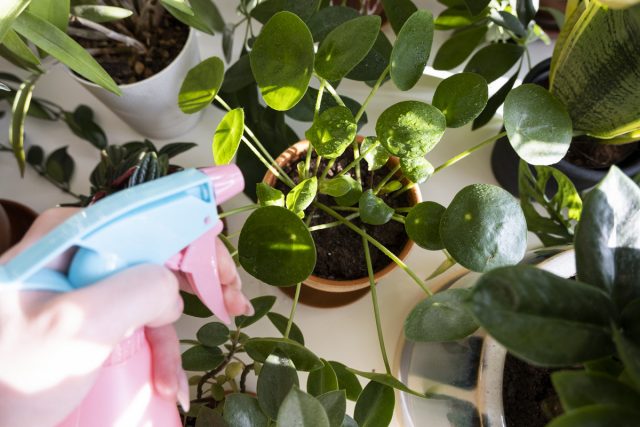
Prevention of the appearance of mushroom mosquitoes
The main step for preventing the appearance of mushroom mosquitoes is balanced watering of indoor plants, especially in winter and spring. Too much moisture will attract females to lay eggs, accelerate larval development, and can cause root rot, making them ideal food for the larvae.
Therefore, do not water the plants until the soil surface is dry. It is also important to avoid stagnant water, so all containers must have drainage holes.
In order to neutralize the sciaris that have entered the house, it is necessary to hang sticky tapes or sheets of yellow colored paper smeared with honey near the plants. You can also make the trap yourself. To do this, fill the container with apple cider vinegar, cover it with a transparent film on top, fix it with adhesive tape or an elastic band, and then make small holes with a toothpick.
The likelihood of mushroom mosquitoes appearing in the house increases in the fall, since as the temperature gets colder, the midges tend to a higher temperature. But sciarids can be bred in an apartment at any time of the year, for example, they can be brought in with purchased indoor plants.
Be sure to inspect your indoor plants before buying, checking the soil for light or whitish mushroom gnat larvae. To make sure new plants are free of pests, keep them in quarantine from other plants for at least 2 to 3 weeks.
